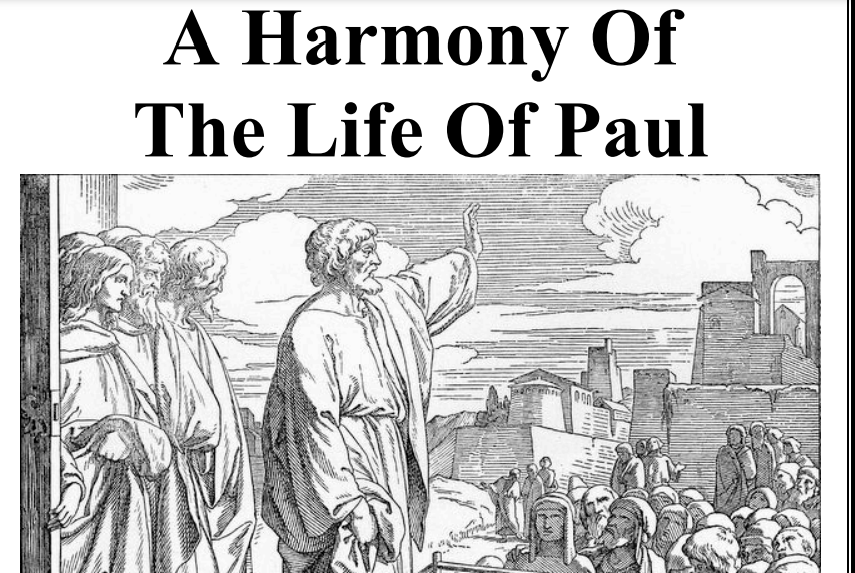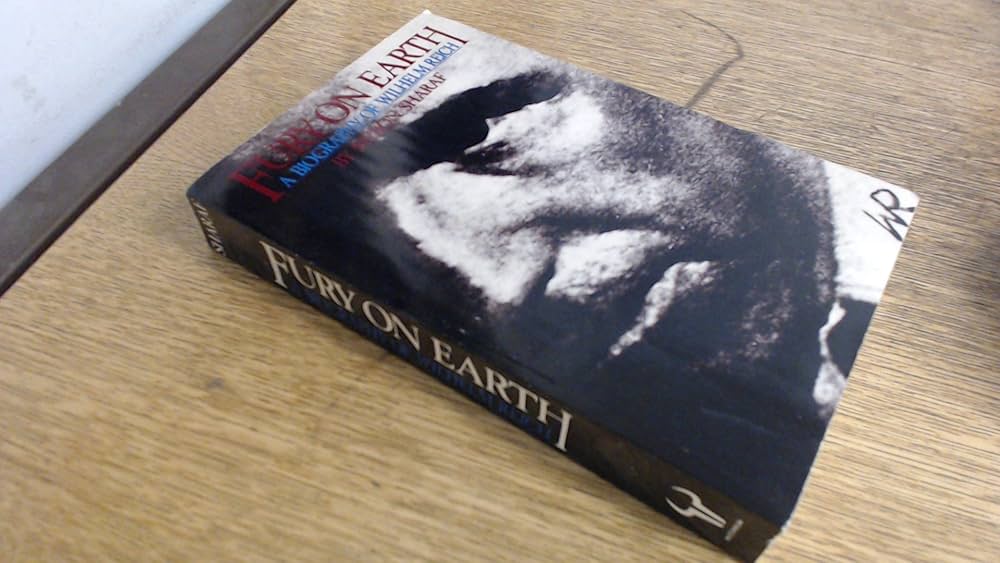Book Summary: John Keats Biography (Human Written, Easy Indian English)
John Keats is one of the greatest poets in English literature and a bright star of the Romantic Age. His life may have been short, but the beauty of his poetry and his deep emotions made him immortal. Born on 31 October 1795 in London, John Keats lived only for 25 years, yet his name is remembered among the greatest poets of all time like Shelley and Byron.
Keats’s story is one of dreams, pain, love, and creativity. His poems are full of imagination and beauty — they touch the heart and soul. The book “John Keats: A Biography” explores the real-life story behind the young man who created such timeless works as “Ode to a Nightingale,” “Ode on a Grecian Urn,” and “To Autumn.”
Early Life and Struggles
John Keats was born into a middle-class family. His father, Thomas Keats, worked as a stable keeper, and his mother, Frances Jennings Keats, was a strong woman who inspired her children. Keats was the eldest of four siblings — George, Tom, and Fanny. His early life was not easy; when he was just eight years old, his father died in a tragic accident. A few years later, his mother also passed away from tuberculosis.
This early loss deeply affected Keats. He became more emotional and sensitive, which later reflected in his poetry. He was raised by his grandmother, but financial troubles and personal pain were always part of his youth.
Education and Love for Poetry
Keats studied at Enfield School, where he developed a love for literature and reading. His teacher, Charles Cowden Clarke, noticed his talent and encouraged him to read classic works like Homer and Shakespeare. These influences shaped Keats’s creative mind and gave him the courage to become a poet.
However, life pushed him in another direction. He was trained as a medical apprentice and even qualified as a licensed apothecary (a kind of doctor). But his heart was not in medicine — he wanted to write poetry. In 1816, after publishing his first poem, he decided to follow his true passion.
The Rise of a Young Poet
Keats’s journey as a poet began with his first collection, “Poems” (1817). Although it didn’t bring him much fame, it showed his unique style and love for beauty. His next book, “Endymion” (1818), opened with the famous line:
“A thing of beauty is a joy forever.”
However, critics at that time were harsh. They called his work “too romantic” and even mocked his background. But Keats didn’t stop. He kept writing with honesty and emotion. His poetry was about love, nature, death, and imagination — the simple yet deep feelings that touch every heart.
Love and Heartbreak
During his short life, Keats experienced love that was both beautiful and painful. He fell deeply in love with Fanny Brawne, his neighbor. Their love story is one of the most touching in literary history. Keats wrote many letters to her, expressing his deep affection and fears.
Sadly, his poor health and lack of money stood in the way of their marriage. Still, Fanny remained his muse, inspiring many of his greatest poems. His letters to her are filled with tender words and heartbreak — they show a young man who loved truly but was fighting against time.
Sickness and Tragic End
Keats’s health began to fail in his early twenties. He suffered from tuberculosis, the same disease that took his mother and brother. Despite his pain, he continued to write. In 1819, he created his most famous poems — “Ode to a Nightingale,” “Ode on a Grecian Urn,” “Ode on Melancholy,” and “To Autumn.”
These works are full of deep emotion and philosophical thought. Keats beautifully captured the idea that beauty and sorrow often walk hand in hand.
In 1820, his illness worsened, and his friends advised him to move to Italy for a better climate. He went to Rome with his close friend Joseph Severn. Unfortunately, his condition did not improve. On 23 February 1821, at the young age of 25, John Keats passed away.
His tombstone in Rome bears the famous words:
“Here lies one whose name was writ in water.”
He believed he would be forgotten — but history proved him wrong.
Legacy and Influence
Even though Keats’s life was short, his influence on English poetry is everlasting. His poems celebrate beauty, imagination, and emotion, which became the heart of Romantic poetry. Today, he is admired for his rich language and sensitivity. Writers and poets across the world see him as a symbol of passion, struggle, and hope.
His odes are studied in schools and colleges, and his letters give us a glimpse into the soul of a true poet. Keats believed in the power of art — he once said,
“A thing of beauty is a joy forever.”
That line perfectly describes his poetry and life.
Conclusion
The biography of John Keats teaches us that even in pain, there can be beauty. His life reminds us that success doesn’t always mean fame or wealth — sometimes, it means leaving behind words that touch generations.
Keats’s story is not only about poetry but also about courage, dreams, and eternal love. He lived a short life but wrote verses that will live forever.
If you want to understand what true passion and creativity mean, John Keats’s Biography is a book that will move your heart and inspire your soul.









